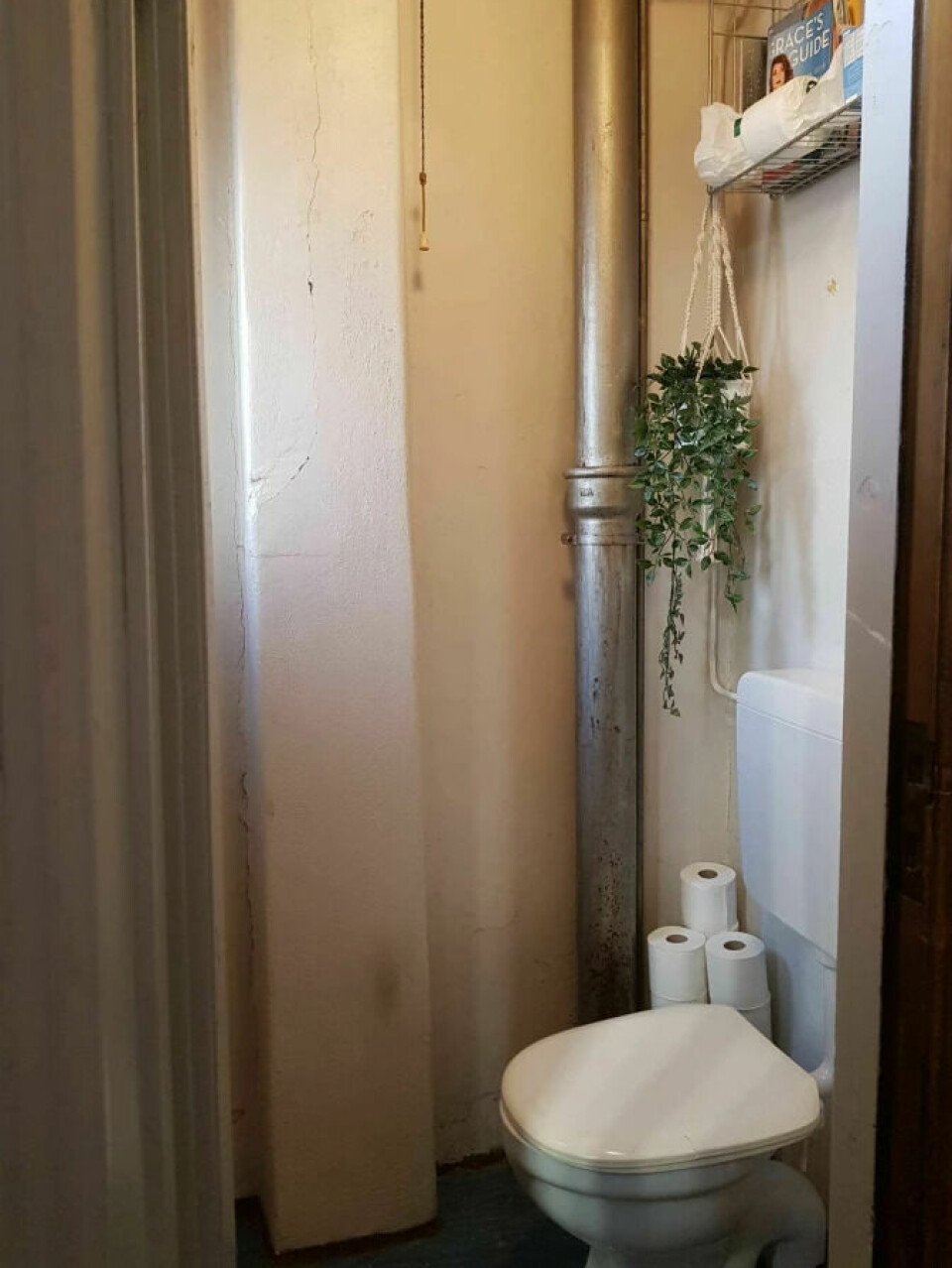
This is how people would go to the toilet in the past
The flush toilet didn't come until the 20th century, so what did people do before that?
"Going to the toilet isn't something people talk about, but the most natural thing in the world is, of course, how and where people would relieve themselves,” researcher Ragnhild Hutchison tells sciencenorway.no.
Hutchison is a historian and researcher at OsloMet. One of her recent undertakings involved trying to cook based on 18th century recipes in the research project FoodLessons.

In rural areas, they used streams
“They didn't have toilets in the countryside, so instead they had a designated spot. You would go there to pee and poo,” Hutchison says. “Preferably near the water or by a stream. And ideally, the current should flow downward, so they could collect drinking water higher up in the stream.”
It was important to defecate and urinate in the right place near the stream, where the water would flow downward. If people fetched water from an area that had been contaminated with urine and feces, they could get sick.
“People didn't drink water in the old days in Norway because it made them sick. They drank whey. It contained so much alcohol that the bacteria died,” she says.
Whey is what remains after making cheese from milk.
Outdoor toilets did not exist on Norwegian farms until the 19th century. Only wealthy people had outdoor toilets before that.
“Previously, they didn't need it; they could simply go outside and pee. They would just go outdoors or behind the barn to relieve themselves,” Hutchison says.
Some farms had a pole against the house wall that they could sit on to go to the toilet.
“They could sit there, dangling their legs with their bottoms in the air,” Hutchison says.

“Outdoor toilets with multiple seats that could accommodate several people existed. Did they go to the toilet at the same time?”
“Yes! I’m sure you’ve heard that girls go to the bathroom together? Here, we have both girls and boys who went to the bathroom together. And they would sit there and have a pleasant chat with each other,” she says.
Hutchison adds that it was probably more practical to have multiple seats.
“There were many people, children, and servants, and everyone needed to use the toilet. It was more convenient to empty if all the waste ended up in one place rather than in several separate outdoor toilets,” she says.
Not many wore underwear
“Ordinary people rarely wore underwear; they didn’t really use anything. If they needed to use the toilet, they stood with their legs apart and urinated,” Hutchison says.
“Did they not wipe themselves with anything?”
“No, I don’t think so,” she says.
“Didn’t they use moss, leaves, or sticks?”
“When urinating, they didn’t need it. They could use those things when defecating,” she says. “People didn't shave their pubic hair. But with more hair growth, it probably worked differently for girls when they stood to pee.”
In cities, the nightman would empty the toilets
If you lived in an apartment building, you would have a communal outdoor toilet, and then the nightman would come and empty it, Hutchison explains.

The nightman would empty the outdoor toilets and remove dead animals at night. Being a nightman was not a job one could choose, but rather a job people received instead of getting the death penalty.
Oslo's outdoor toilets would have overflowed if it weren’t for the nightman. Even so, the nightman was not considered important, and they had very low status.
In the 19th century, ‘klaskedoen’ was introduced in Norway, which can perhaps be translated to a 'splashtoilet'. It was a type of outdoor toilet used in apartment buildings with multiple floors.
Since they did not have running water yet, there was a pipe that ran through all the toilets in the building. That way, you could hear the water splashing beneath you when your upstairs neighbour used the toilet, hence the name ‘klaske’, or splash.
In 1899, it was prohibited to build these types of toilets in new houses, and efforts were made to phase out the system where waste traveled down several floors.
The authorities suggested portable buckets as a replacement. Therefore, sanitation workers had to carry toilet buckets down the staircases.
In 1973, the Oslo Health Council decided to close all ‘klaskedoer’, but the last one was not closed until 1985.
———
Translated by Alette Bjordal Gjellesvik.
Read the Norwegian version of this article on ung.forskning.no




































